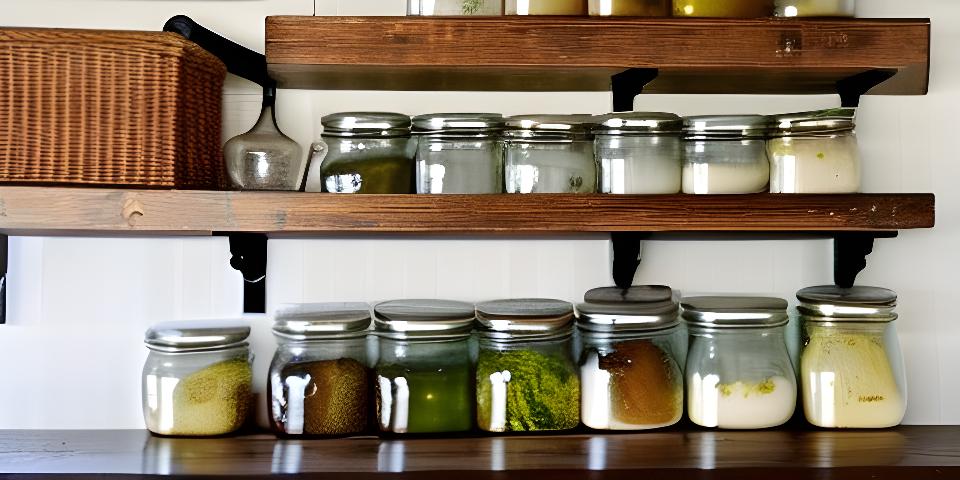Homemade Pickles and Fermented Foods
Introduction to Homemade Pickles and Fermentation
Homemade pickles and fermented foods are not only delicious but also offer numerous health benefits. The process of fermentation involves the transformation of food by beneficial bacteria, resulting in enhanced flavors and increased nutritional value. Let’s explore the world of homemade pickles and fermented foods!
The Magic of Homemade Pickles
Pickling is a preservation method that has been used for centuries to extend the shelf life of fruits, vegetables, or even meats. By immersing ingredients in a brine solution made from vinegar, water, salt, and spices, you can create your own flavorful homemade pickles. These tangy treats can be enjoyed as toppings or condiments.
Fermented Foods: A Gut-Friendly Delight
Fermentation is a natural process where microorganisms like bacteria or yeast convert sugars into acids or alcohol. This transformative action not only adds unique flavors but also offers potential probiotic benefits for gut health. Examples of popular fermented foods include sauerkraut, kimchi, yogurt, kefir, kombucha, miso paste, and tempeh.
Fermented foods contain live cultures that promote healthy digestion by supporting the growth of beneficial gut bacteria. Including these foods in your diet can aid in nutrient absorption and strengthen your immune system.
Embracing Homemade Pickles and Fermented Foods
If you’re interested in incorporating homemade pickles and fermented foods into your diet, follow these steps:
- Gather fresh produce or ingredients of your choice.
- Prepare a brine solution using vinegar, water, salt, and spices for pickling.
- Cut or slice the vegetables/fruits as desired.
- Place the ingredients in jars or containers suitable for fermentation.
- Add the brine solution to cover the ingredients completely. Ensure there are no air gaps.
- Seal the jars loosely to allow gases to escape during fermentation. Store them at room temperature away from direct sunlight.
The duration of fermentation varies depending on personal preference and recipe instructions. Experiment with different flavors by adding spices like dill, garlic, ginger, or chili flakes. Once ready, refrigerate the fermented foods to slow down further fermentation and enjoy their unique taste!
